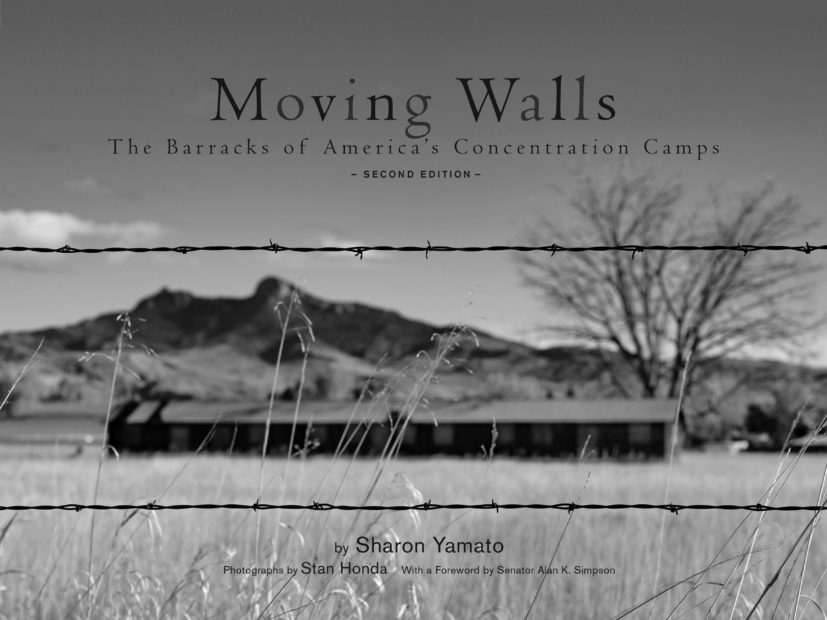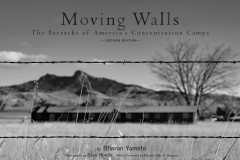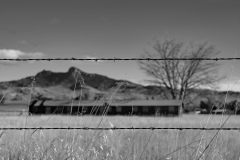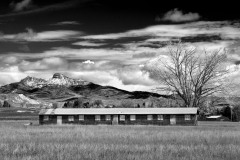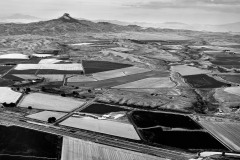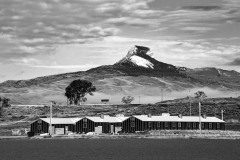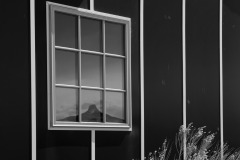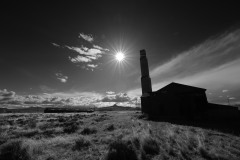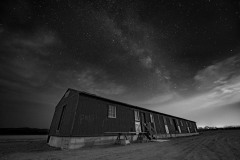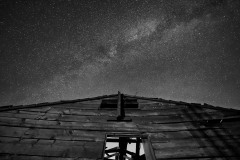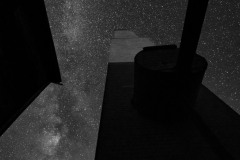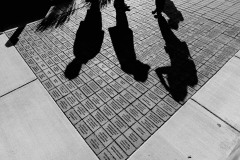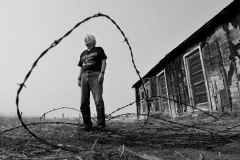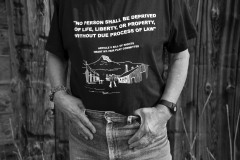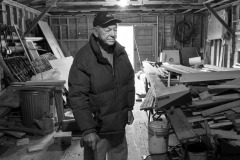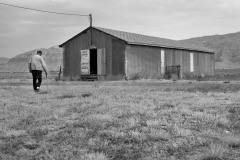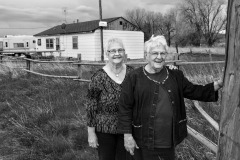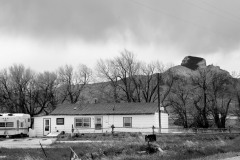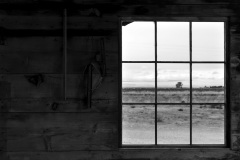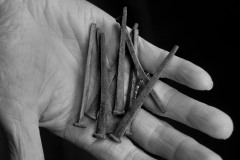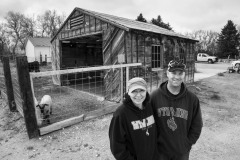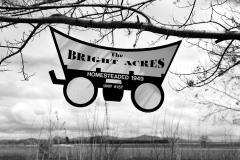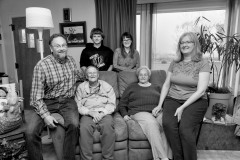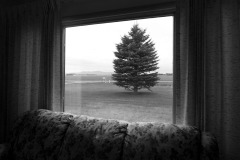The history of the Japanese American incarceration is woven into my family and Sharon’s family history. Our parents and their parents and siblings were forcibly removed from their California homes and incarcerated in concentration camps in remote parts of the U.S. A total of 120,000 people of Japanese descent were held, most of them American citizens.
This was a follow-up to a small book we published in 1995 that documented a project by the Japanese American National Museum to preserve two of the Heart Mountain barracks. Sharon received a grant from the National Park Service to expand the book and produce a companion documentary. Barracks that remained from any of the camps were the main artifact that tied together survivors. Everyone who was incarcerated was forced to live in a barrack and everyone had a barrack story.
The book is called Moving Walls: The Barracks of America’s Concentration Camps. Sharon’s idea was to find out what happened to the barracks after the war. It turned out that the U.S. government, through the Bureau of Reclamation, sold off the flimsy wooden structures for $1 apiece to homesteaders, many of them returning WWII veterans and their families.
Sharon found about a dozen of the original homesteaders, most of them still living in homes that had once served as barracks in the nearby Heart Mountain camp and were later enclosed or modified by construction. Most of the homesteaders had bought two or three of the barracks, turning one into their living quarters and the others into out buildings. In this way those artifacts of history have been preserved within the walls of many houses in the area while those that were used as storage buildings remained in almost original condition.
It was fascinating to hear the stories of the homesteaders and see how the barracks were transformed to serve the needs of a different population. This shared history between the incarcerees and the farmers became the central theme of the book. One group was forced, via a presidential executive order and later, at gunpoint, to uproot their lives and live in crude conditions on desolate land, stripped of their freedom for several years. The other group came to the area voluntarily, looking for work after serving in the war and hoping to live the American dream in the Bighorn Basin of Wyoming.
We hope the book helps illuminate the history of this unconstitutional incarceration and also a little-known part of post-WWII Wyoming history.


